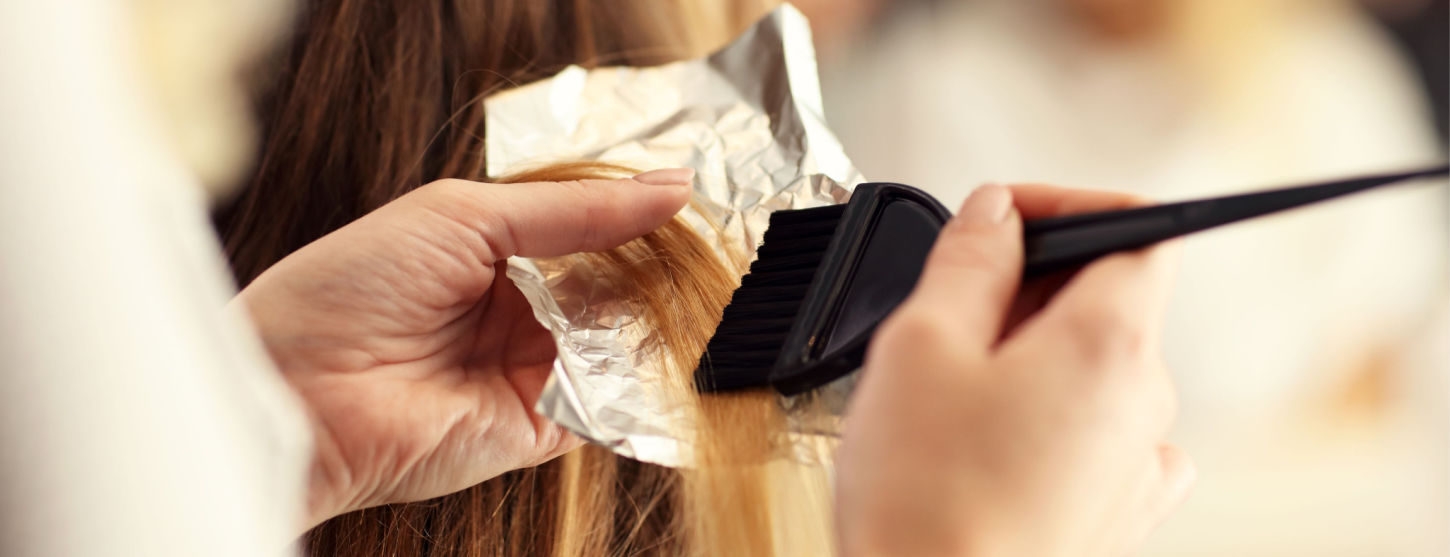15% off €25
Code:EXTRA
How to do allergy patch tests at home

Been advised to do a patch test and not sure how to go about it? Don't worry, we've explained why they're important and how to conduct one in our quick guide.
A lot of skincare products and hair dyes require a patch test before you use them. But what is a patch test? And how do you conduct one at home?
We’re here to help you understand just that and why they’re important, below.
What is a patch test?
Starting with the basics, what is a patch test? Essentially, this is a way of finding out if you’re allergic to the product you will be using on your body.
Generally speaking, only a small or diluted amount is applied before waiting to see how you react to it.
It’s also worth noting that skin allergy patch tests can also refer to the tests carried out by a dermatologist to see if you have any skin allergies.
Why is patch testing for allergies important?
The importance of patch testing is fairly obvious, as it ensures that you won’t have a serious reaction to a product if you use it on your skin or hair.
As only a small amount of product is applied, the reaction (if you have one) should be contained to a small area rather than your whole face.
How to do allergy patch tests
So, how to conduct a skin patch test then? Thankfully the process is pretty simple. Whether it’s a patch test for hair dye or another cosmetic product, just follow these clear steps before giving it a go.1
- Wash an area of your body that is easy to test on (i.e. your forearm) and then pat it dry.
- Using a cotton bud, dip it into the product before gently dabbing it on your arm.
- Let it be absorbed by your skin for a minute or two, then place a small plaster over the top.
- Leave the product and plaster on for 48 hours. 5 Remove the plaster to see if your skin has reacted, then gently wash the area.
What to look out for
If you’re allergic to a cosmetic product, you may experience some itching, redness or swelling. In extreme cases, your breathing might be affected or you could develop scarring.2
The final say
Patch tests are super important to conduct, so if a product recommends you do one, you must listen and take it seriously. If not, you could have a strong reaction to something you’ve applied over a large area of your skin.
Fortunately though, as we’ve explained, doing one yourself is simple and quick to complete – so it’s always best to be on the safe side!
- https://www.drkara.co.uk/skincare-patch-test/
- https://www.directlineforbusiness.co.uk/small-business-insurance/hair-and-beauty-insurance/knowledge-centre/patch-test
The advice in this article is for information only and should not replace medical care. Please check with your GP or healthcare professional before trying any supplements, treatments or remedies. Food supplements must not be used as a substitute for a varied and balanced diet and a healthy lifestyle.



